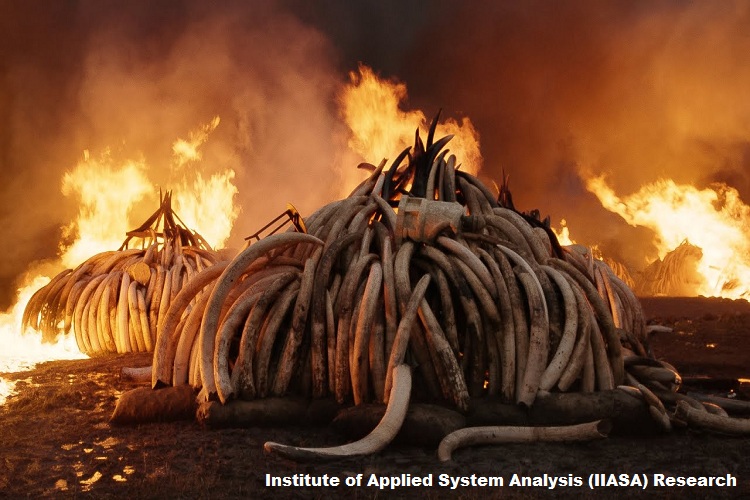Grasslands Are Turning Into Primary Greenhouse Gas Emitters: IIASA Research

Anthropogenic activities have led to many calamities in recent times. Our Mother Earth has responded to the situation in the way humanity has treated it. Due to human activities, the scientists got compelled to create a new geological and geographical timeline named Anthropocene. Anthropocene referred to the last fifty years when the impact of human and human-based industrial activities on natural resources was the highest. It has started affecting our ecosystem and naturally established biomes. Grasslands that have earlier been the symbol of carbon sinks are transforming into a major greenhouse gas source. The new research has revealed many more shocking data about the current situation in grasslands. In this article, we will discuss grasslands turning into primary greenhouse gas emitters.
Latest Development
International Institute of Applied System Analysis (IIASA) conducted a new study on grasslands turning into primary greenhouse gas emitters. As per the data available, grasslands absorb carbon dioxide. Hence, they act as a significant carbon sink. Therefore, one can tap grasslands for carbon sequestration purposes. Apart from this, the grazing livestock present in these grasslands distributed throughout the planet let these biomes emit methane gas into the atmosphere. During grazing, grasslands also emit nitrous oxide (N2O) gas from the soils. This emission increases when there is an introduction of chemical fertilizers and manure in the nearby ecosystem. The scientists from the institute collected data about these emissions between the period of more than 250 years, i.e., 1750 to 2012.
How did scientists complete the study?
The scientists from IIASA developed a global grassland model. This model included all the working mechanisms of plant productivity and soil organic matter. After accumulating historical data led by livestock shifts, climatic change, reduction in the number of grazers in each region, etc., they created a simulation. This simulation helped to get micro-details of the regional grasslands and their respective usage by humans in the stipulated period. Hence, the scientists did quantification of the livestock overload degradation. The IIASA researchers also looked upon the other various factors that consolidated the fact of grasslands turning into primary greenhouse gas emitters, including:
- Forest fires
- Water erosion and its impact on soil carbon losses
- Methane gas emissions
- Nitrous oxide gas emissions from animal excrement
- Deposition of atmospheric nitrogen
Inferences from the Study
One of the critical data that shows about grasslands turning into greenhouse gas emitters is that methane and nitrous oxide gas emissions have increased two and a half times since 1750. It has been because of the fact that emissions during livestock grazing are more than the emissions by shrinkage of wild grazers. Also, livestock grazing emissions outweighed the carbon dioxide gas absorption. Hence, it consolidates the statement mentioned above. Apart from this, there are observations related to other anthropogenic factors that have disturbed the ecological balance of the grasslands and letting them be tagged as intensively exploited pastures. So, the scientists have warned to expand the horizon of climate change and its mitigation policies to align more issues.
What are the conventions related to grasslands?
There are no specific or targeted conventions formed by the group of states to bring positive changes in the grasslands ecosystem. However, there are two clauses of environmental changes that can mitigate global climate changes due to grassland emissions. Firstly, there is a “Land Degradation Neutrality” by UNCCD (United Nations Convention to Combat Desertification). Enormous grazing may lead to complete soil erosion and desertification of the vicinity that once flourished as a green area. It is a legally bound agreement that each member country has to follow. Secondly, is the Paris Climate under UNFCCC (United Nations Framework Convention on Climate Change) that talks about mitigation strategy for greenhouse gases.
Conclusion
The study results are quite shocking and need an action plan to restrict the worsening of the situation. Especially the countries that have grasslands in their landscape must come forward to join hands. Agricultural practices and livestock feed need complete restructuring and revamping in the vicinity of this biome. Otherwise, the wastelands and peatlands will be the only source of the carbon sink in the future after complete degradation of the grassland ecology. No one would have ever wondered that one of the core and essential ecosystems of the biosphere will face such a situation. Hence, building strategies and implementing them can stop grasslands turning into primary greenhouse gas emitters.



Comments
Post a Comment